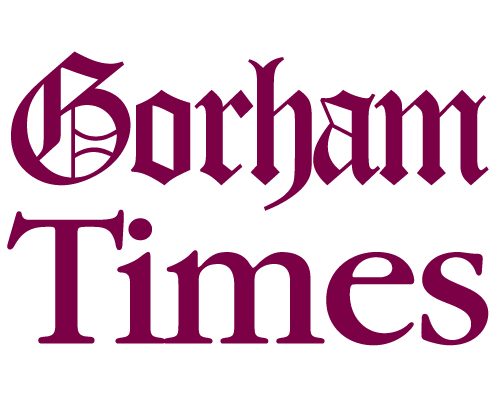For nearly 50 years, Gorham and its surrounding communities have been trying to identify ways to reduce the growing traffic congestion plaguing our region. Numerous studies have been conducted to identify ways to reduce the traffic congestion, with the most recent one completed in 2012. Municipalities and regional and state agencies have spent millions of dollars studying this issue only to come out with a similar finding each time: that a new transportation facility – additional road capacity – is the only long-term, sustainable solution to this challenge. That is why last week I was pleased to be joined by a bipartisan coalition of lawmakers to introduce LD 905, An Act to Authorize the Construction of a Maine Turnpike Connector to Gorham.
Everyone who drives knows that on any given weekday, it can take upwards of an hour to travel the ten miles between Gorham and Portland during the morning and evening “rush.” The growth in Portland’s western suburbs has been significant. Since 1970, the population in Gorham and its surrounding communities has more than doubled. Daily rush hour congestion on Route 114, Route 22, Route 25 and Running Hill Road is certainly among the worst in Maine. Commuter delays of 30 to 45 minutes are not uncommon. Traffic backups over a mile long occur. Simply put, these roads are heavily congested, unreliable for the movement of goods and people, and are becoming more unsafe. It is important that we find a solution to this growing problem.
Local and state officials, including myself, are looking for the sustainable mobility that is provided by a new limited access highway, so that the land use around the existing roads and transit options can be planned with a more livable future in mind. With cars moving instead of stopped in traffic, air quality will improve. Therefore, when viewed from a long-term transportation system perspective, the limited access highway option, in my view, is the greener solution.
Some have proposed other options such as widening existing roads and constructing new rail lines. The studies conducted over the last forty years have shown these proposals not to be prudent nor sustainable given the immediate need and limited resources. Over years, perhaps decades, incremental and reactive road widening projects likely would transform these roads into to 5-lane highways. Further, because road widening would not significantly limit access to abutting properties, mobility benefits will be temporary as abutting land – no longer desirable for residential or smaller-scale village businesses – is transformed by larger scale commercial development. The development of multiple rail lines to reach the disparate residential areas across the region is cost prohibitive given the state’s limited transportation resources and would result in years of delay.
As proposed, this bill would authorize the Maine Turnpike Authority (MTA) to prudently determine whether a Gorham connector – which is likely to be about 5 1⁄2 miles long and cost up to $150 million – can be funded by users through tolls and revenue bonding. Based upon some preliminary analysis by the MTA, it appears financially viable.
This bill is merely the next logical step in a process that has been on-going for years. The MTA will proceed by analyzing various highway capacity options. This bill represents the best chance of providing a sustainable mobility solution to a chronic traffic problem. And, if viable and prudent, it will be paid for by the users of the new highway. As Chair of the Transportation Committee I know all too well the need that exists to invest in our infrastructure. Unfortunately, the MaineDOT does not have the resources available to fund this project. With the MTA taking the lead, it would not siphon funds away from traditional state funding that MaineDOT has determined must be used to maintain existing highways in other parts of the state.
The Gorham Connector is an opportunity to create more livable downtowns that cater to people and businesses and not to cars and trucks. In Gorham, the traffic has impacted the ability of residents and visitors alike to visit our downtown businesses and move about in the village. I believe that investment in this limited access highway provides a sustainable mobility solution that can promote the livability of communities by taking regional traffic off local roads.
Your participation in this conversation is important and, as such, there will be significant opportunities for public input. I hope you will reach out to me with your thoughts about this or other issues. As always, please feel free to contact me with your questions or concerns.
207) 939-8482 | (800) 423-2900 | andrew.mclean@legislature.maine.gov
Policy on News from Augusta: The Gorham Times asked our three state legislators from Senate District 30, House District 26, and House District 27 to provide us with “News from Augusta.” We publish their articles on a rotating basis. The submissions are devoted to updates of legislative and administrative news, proposed and passed bills and laws, and developments and events that are of interest to and have an impact on Gorham residents. The Gorham Times reserves the right to edit the submissions and it further reserves the right to reject any submission, in its sole discretion.


